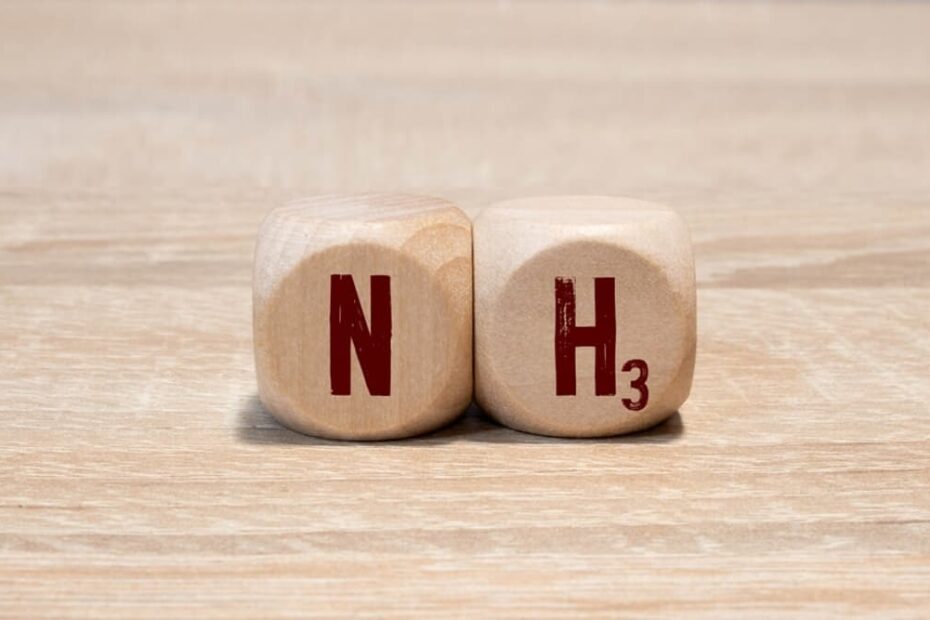Germany-based energy company Uniper has partnered with industrial group Thyssenkrupp Uhde to build a large-scale ammonia cracker at Uniper’s coal-fired power plant in Gelsenkirchen-Scholven, just north of Essen.
The demonstration plant is set to crack 28 tonnes of ammonia per day and will underpin the planned hydrogen import terminal in Wilhelmshaven, northwestern Germany, where the technology will be scaled up to industrial levels.
The project is described by Uniper as the first of its kind for being one of the world’s first industrial-scale ammonia cracking demo plants that’s designed to convert imported ammonia back into clean hydrogen.
The goal is to prove the technology needed for large-scale hydrogen import infrastructure in Europe, using ammonia as a hydrogen carrier.
The clean hydrogen can then be used as a fossil-free fuel source for carbon-intensive industries such as energy, steel, and chemicals.
“With the ammonia cracker in Scholven, we’re laying the groundwork to trade hydrogen internationally and making it available across industries,” said Holger Kreetz, COO of Uniper SE.
Ammonia is viewed as a practical hydrogen carrier because it has a much higher energy density by volume and is easier to transport than pure hydrogen. In fact, ammonia can carry approximately 45% more hydrogen by volume compared to liquid hydrogen, according to the Ammonia Energy Association.
It also has a well-established supply chain, having been traded globally for decades as a raw material for fertilisers.

The ammonia cracker will be built at Uniper’s coal-fired power plant in Gelsenkirchen-Scholven ©Uniper
Ammonia cracking works by heating the molecule in the cracker until it evaporates into a gaseous state. It is then fed into a reactor, where it is split into its core molecules of nitrogen and hydrogen. The process runs at temperatures of 600°C to 900°C and a pressure of 20- to 40-bar.
The product is then cooled and the by-products are separated out to obtain a pure hydrogen stream, which can be used directly or fed into a pipeline.
“With the help of ammonia cracking technology, we are opening up the possibility of obtaining green energy from numerous regions around the world,” said Mona Neubar, a German regional economy minister.
The technology for ammonia-based transport may be ready but there are still challenges surrounding its cost.
Although ammonia is the lowest-cost hydrogen carrier between markets like Rotterdam and Australia when excluding processing costs (around $0.56/kg), total costs rise sharply once conversion and reconversion are included – reaching $1 to 2/kg for distances over 1,000km and exceeding $2/kg beyond 5,000km.
Construction of the ammonia cracker has already started. Commissioning is planned for the end of 2026. According to Uniper, the plant is the first step in turning Wilhelmshaven into a central energy hub for the import and production of green hydrogen-based energy sources.
The company’s hydrogen flagship project, named Green Wilhelmshaven, will see both the construction of the import terminal and a one gigawatt electrolysis plant to produce hydrogen.
The electrolyser, in combination with the terminal, would be capable of supplying around 300,000 tonnes of hydrogen, or 10% to 20% of the demand expected for all of Germany in 2030.
